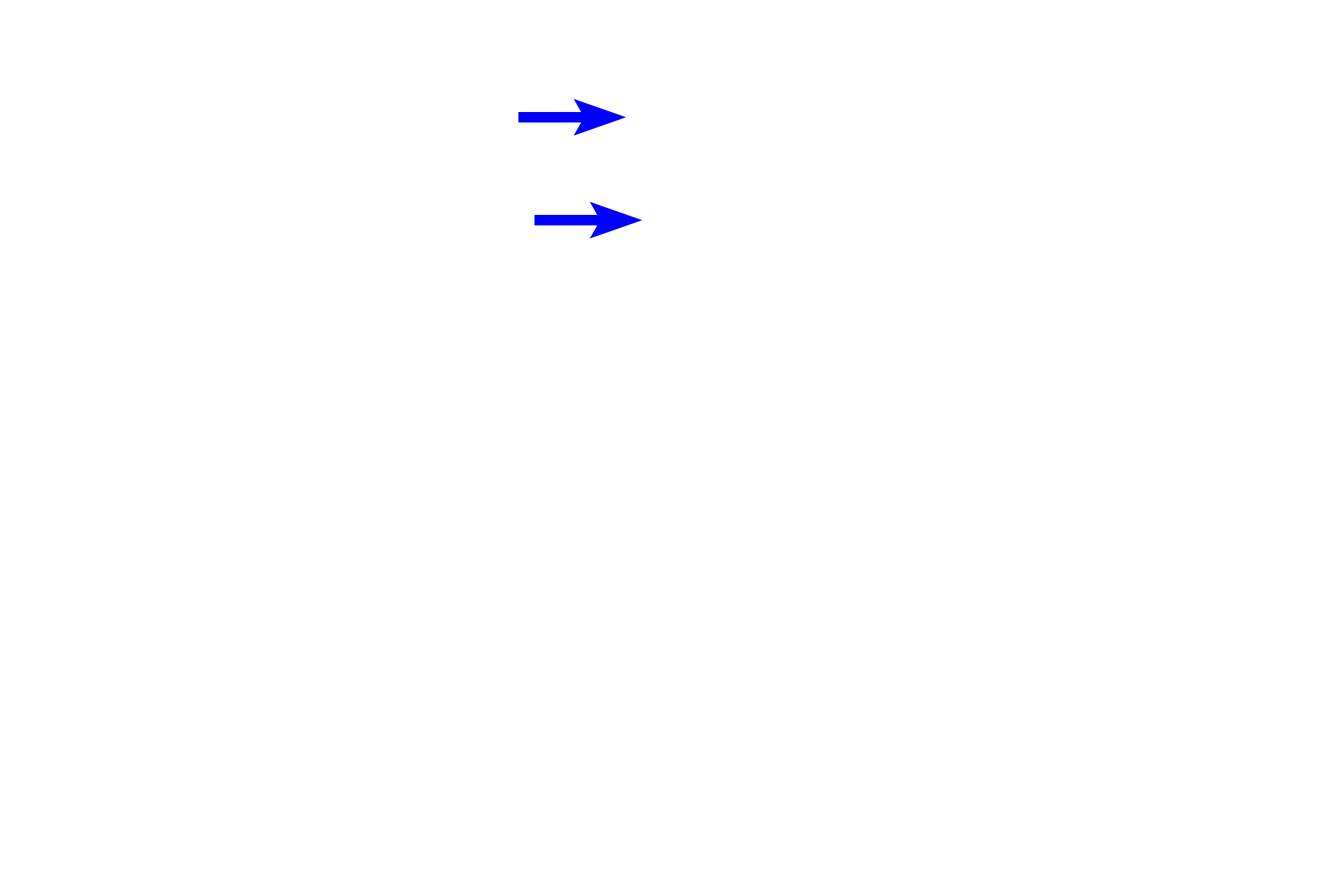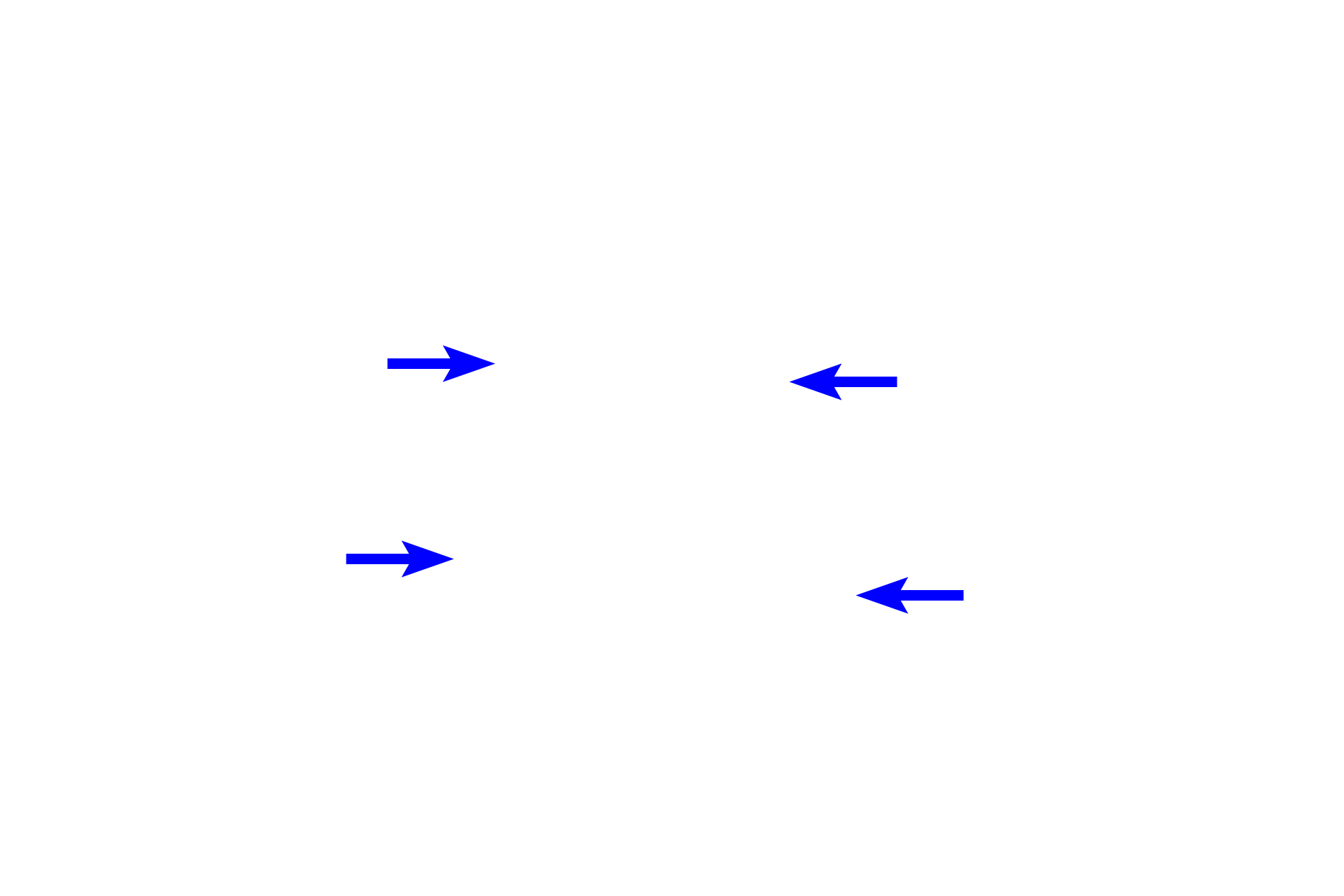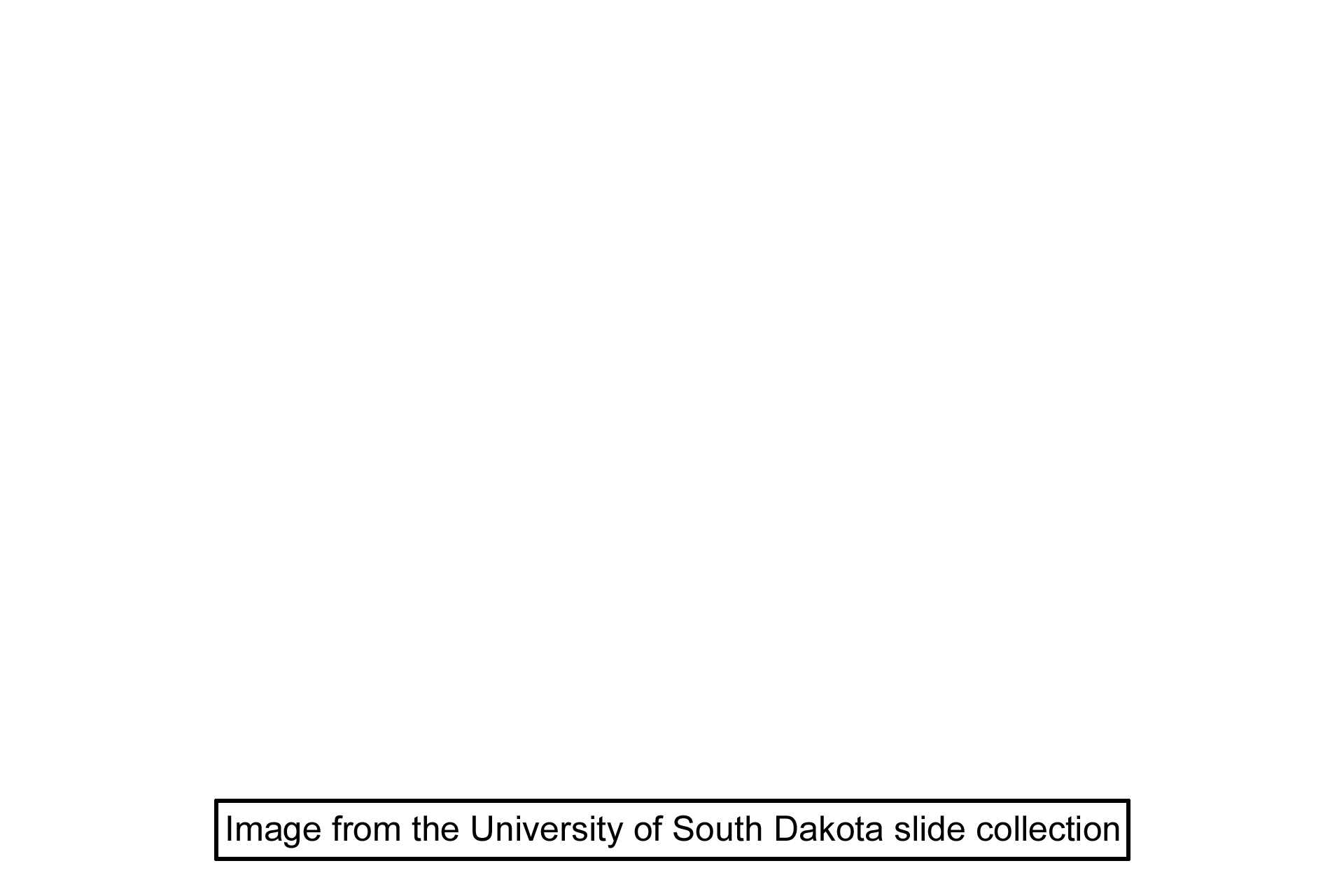
Cap stage of tooth development (early)
The cap stage results from a differential rate of cell proliferation in the epithelial cells of the bud, resulting in a concave structure resembling a cup. During this stage, histodifferentiation occurs establishing the enamel organ which encloses ectomesenchymal cells that develop into the dental papilla. The dental papilla forms the dentin and pulp. 400x

Dental lamina >
The dental lamina connects the developing tooth germ with the oral ectoderm.

Tooth germ >
The tooth germ is first identifiable at the cap stage of tooth development (histodifferentiation). The tooth germ consists of all the identifiable ectoderm and ectomesenchyme tissues that form the tooth: inner and outer enamel epithelia, (ectoderm), dental papillae and the dental follicle (ectomesenchyme).

Enamel organ >
The enamel organ forms from ectoderm during the cap stage of tooth development. The enamel organ contains both the inner enamel epithelium and the outer enamel epithelium.

- Outer enamel epithelium >
The cuboidal ectodermal cells on the outer aspect of the enamel organ are the outer enamel epithelium.

- Inner enamel epithelium >
The columnar ectodermal cells on the inner aspect of the enamel organ are the inner enamel epithelium. These cells will differentiate into ameloblasts that deposit enamel.

- Cervical loop >
The location where the inner enamel epithelium and outer enamel epithelium meet is the cervical loop.

Dental papilla >
The dental papilla is formed of ectomesenchymal cells beneath the enamel organ and will form the majority of the dental pulp.

Image source >
This image was taken of a slide in the University of South Dakota slide collection.